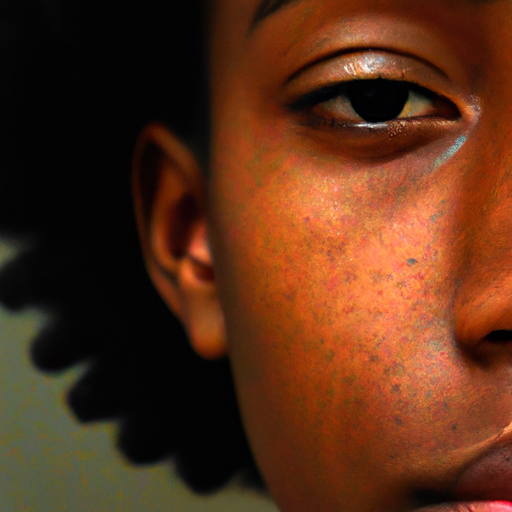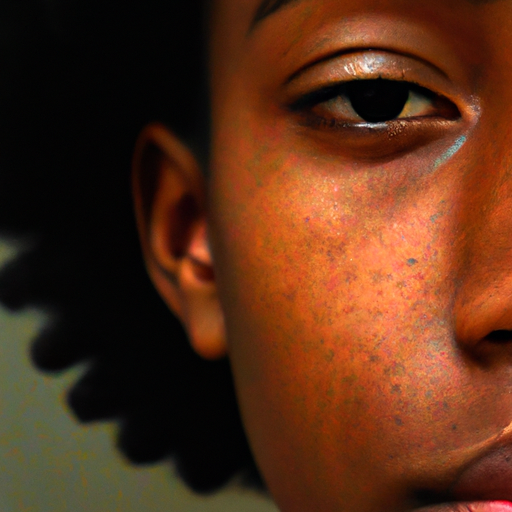As a skincare expert, I am often asked about the difference between moisture and hydration. Many people use these terms interchangeably, but they actually refer to two different aspects of skin health. Understanding the difference between them is crucial for maintaining healthy, glowing skin. Let’s delve into the world of skincare science and decode the thirst of your skin.
Firstly, it’s important to understand that our skin is the largest organ in our body and it has a vital role in protecting us from external aggressors. It also regulates body temperature and helps in detoxification. However, to perform these functions effectively, our skin needs to be well-nourished and hydrated.
Hydration refers to the water content within the cells that keeps them plump and bouncy, giving your skin a radiant and youthful glow. When your skin lacks hydration, it can appear dull, tight, and less elastic, leading to fine lines and wrinkles. Hydrating products are designed to increase the water content of the skin. They are typically lightweight and contain ingredients like hyaluronic acid, aloe vera, honey, and glycerin that attract water molecules and lock them into your skin.
On the other hand, moisture is about oil content. Moisturizing products create a barrier on the skin’s surface that seals in water to prevent its evaporation, keeping the skin soft and smooth. They are usually heavier and contain ingredients like ceramides, fatty acids, and cholesterol. When your skin lacks moisture, it can become flaky, rough, and prone to inflammation and sensitivity.
Now that we have decoded the difference between hydration and moisture, let’s discuss how to quench your skin’s thirst effectively. The key is to strike a balance between both hydration and moisture. If you only focus on hydrating your skin without sealing in that hydration with a moisturizer, the water will eventually evaporate out, leaving your skin dry again. Conversely, if you only moisturize without hydrating, your skin may still be dehydrated at a cellular level.
A well-rounded skincare routine should include both hydrating and moisturizing products. Start with a hydrating toner or serum that penetrates deep into the skin to replenish water content. Follow this with a moisturizer to lock in that hydration and keep your skin soft and supple.
It’s also important to note that your skin’s hydration and moisture needs can change based on various factors like weather, age, diet, and lifestyle. For instance, during colder months, your skin may need more moisture to combat dryness caused by harsh winds and indoor heating. As you age, your skin naturally loses its ability to retain water, necessitating more hydrating products.
In conclusion, understanding the thirst of your skin is not as complicated as it seems. It’s all about decoding the difference between hydration and moisture and incorporating both into your skincare routine. Remember, hydrated skin is happy skin, and moisturized skin is protected skin. By giving your skin what it needs, you can maintain its health and radiance for years to come.




